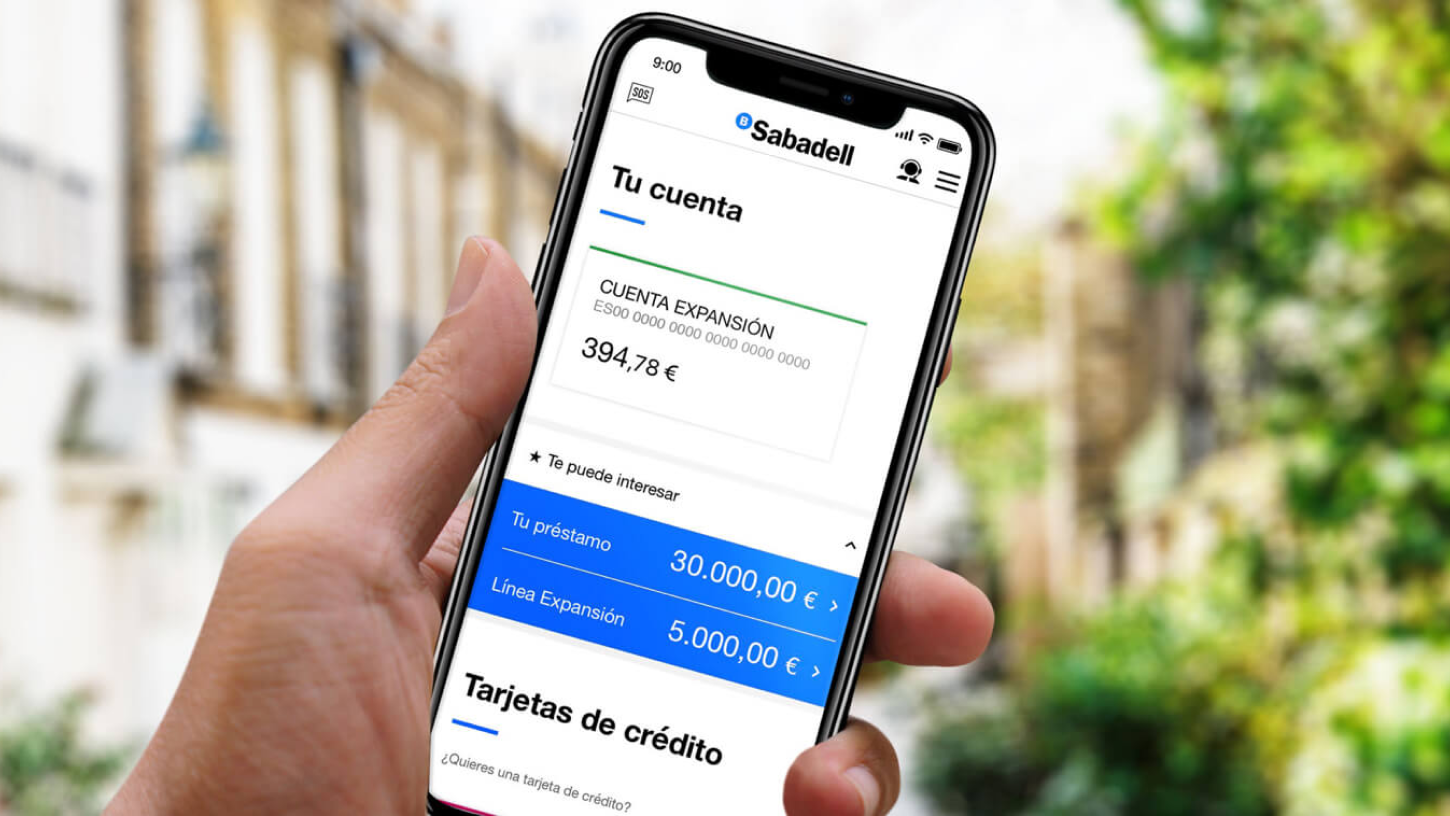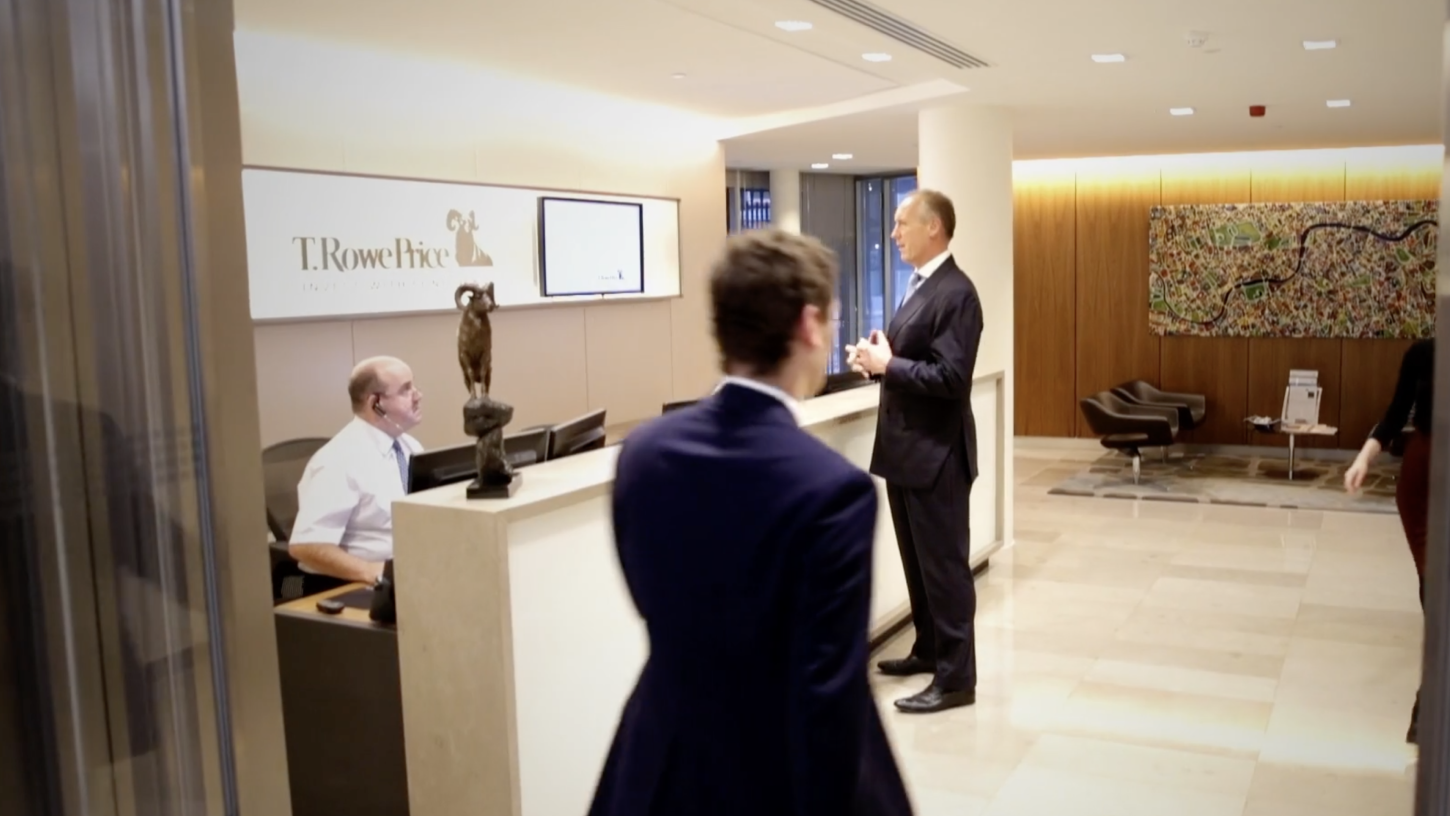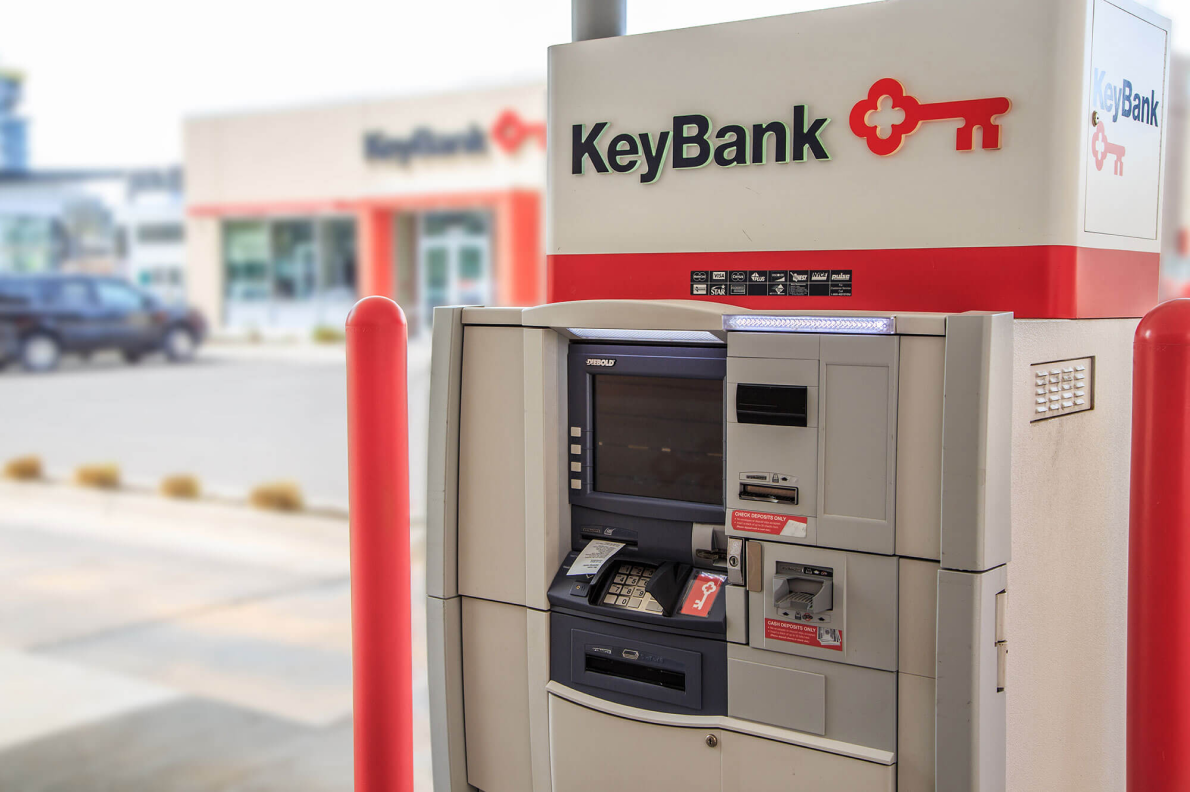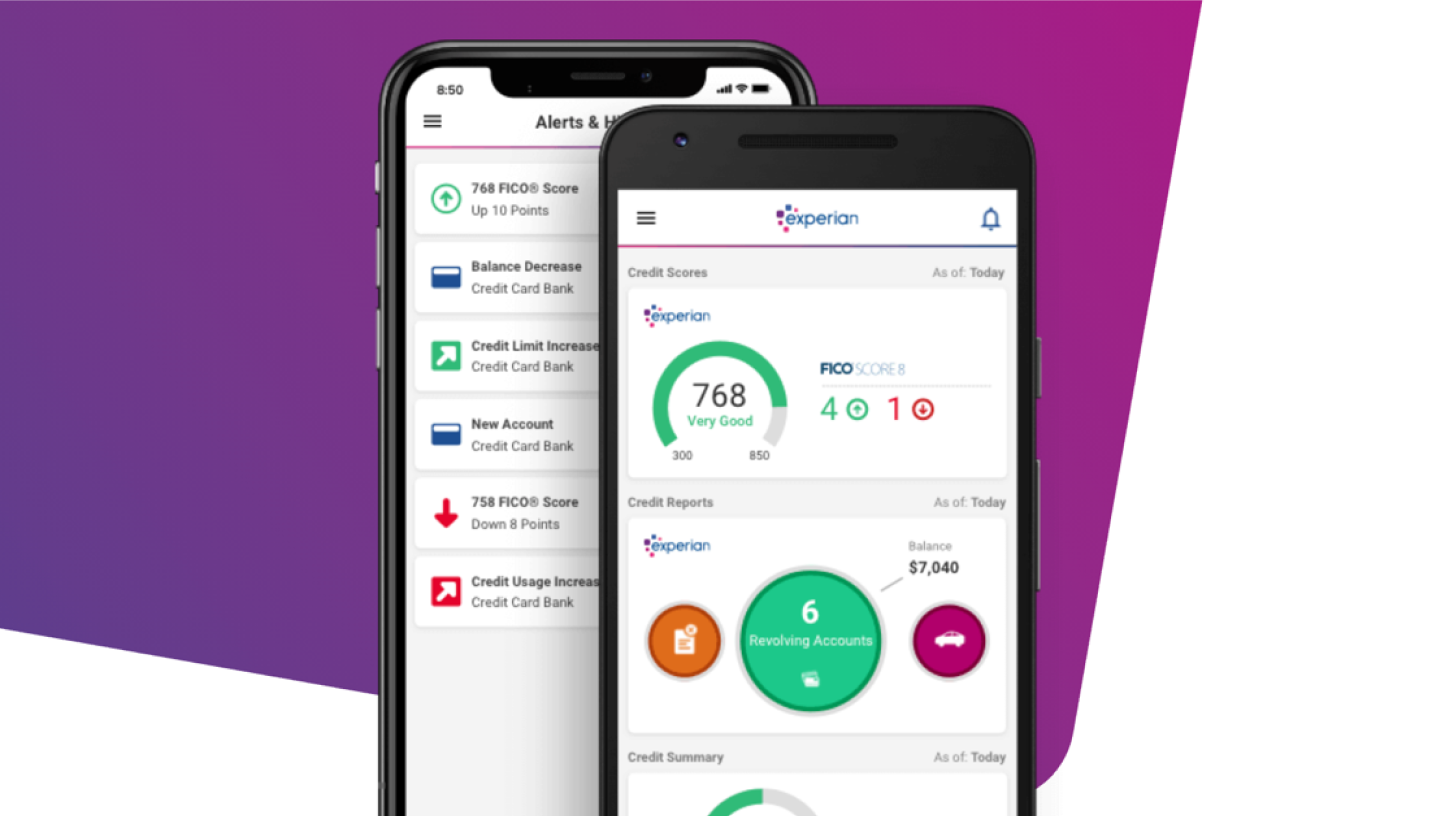Solutions
UserTesting for financial services
Create competitive financial services experiences that drive loyalty, trust, and retention

See UserTesting in action
Guide
The future of banking contact centers
Discover key trends shaping the future of banking contact centers and how to improve customer experience.
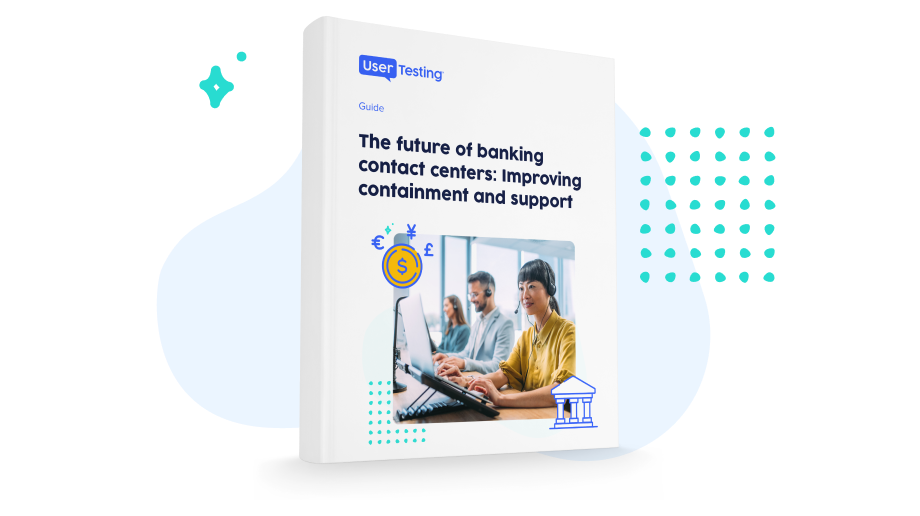
Adapt and differentiate with UserTesting
How financial services organizations leverage UserTesting
Leverage data analytics to gain insights into customer behavior, preferences, and needs, enabling targeted marketing and personalized product offerings
Gain valuable insights into customer behavior, preferences, and needs, helping FinServe check if they follow consumer-related regulations
Adopt a customer-centric approach to innovation, address pain points, and design solutions that meet customers' changing needs
Understand first-hand how customers view your company to adjust messaging and campaigns to rebuild your reputation
Understand the frustrations of customers with vision or hearing impairment
Understand customer preferences and seeing firsthand how they interact with products and services to build the right products and create the best content

How our customers earn loyalty and trust with UserTesting
Test templates for financial services experiences
Get started quickly with UserTesting test templates to validate concepts, discover needs, and optimize experiences to drive trust and customer loyalty.
Explore more financial services resources
Start here to explore our curated resources for banking and financial services experiences, including best practices, expert advice, test templates, podcasts, and webinars.


Unlock your customer insight ROI
Discover the hidden ROI of your customers' insights. Book a meeting with our Sales team today to learn more.
